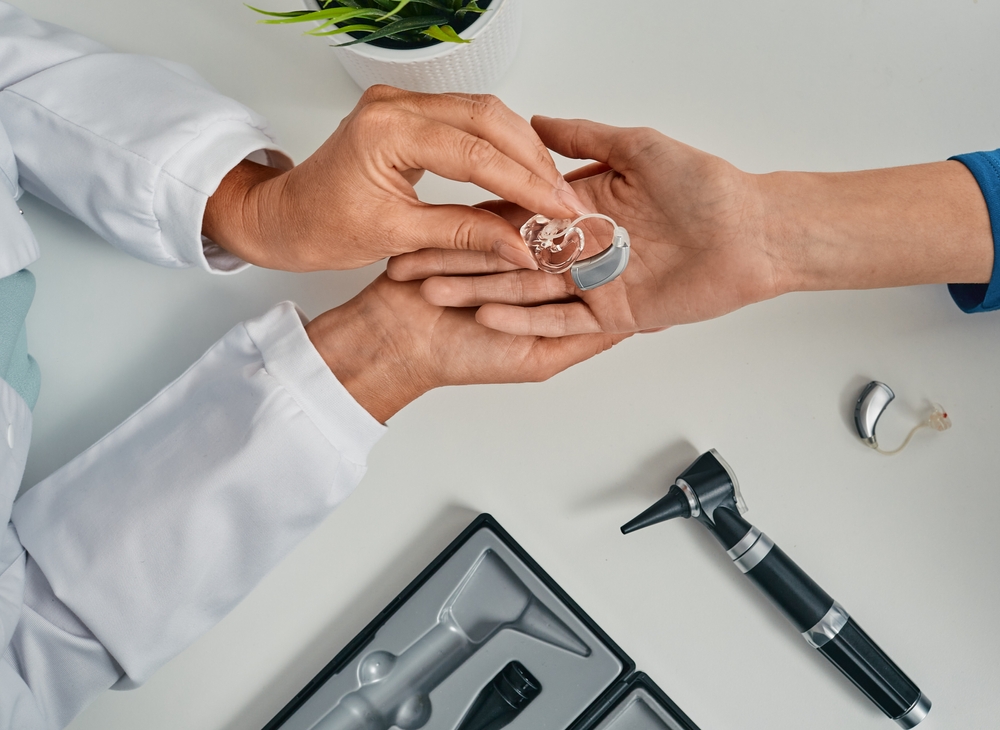
Hearing aids perform a crucial role in enhancing sound clarity and enriching daily communication. For optimal performance, it’s crucial to schedule routine maintenance and periodic professional cleaning sessions. With time, earwax, moisture, and debris can build up, resulting in decreased functionality. Recognizing when it is time to schedule professional maintenance can help extend the life of your hearing aids and ensure they continue to work at their best.
The importance of professional hearing aid cleaning
Even with consistent at-home care, hearing aids progressively collect accumulation that might affect sound quality and performance. Routine servicing provides numerous advantages:
- Deep Cleaning– Eliminates earwax, filth, and moisture that everyday cleaning tools may not successfully remove.
- Increased Performance– Removes blockages that can cause dampened sound or distortion.
- Prolonged Lifespan– Protects against early wear and tear, decreasing the need for repairs or replacements.
Getting your hearing aids cleaned by a professional helps ensure they operate at their best, reducing the likelihood of unexpected breakdowns.
Indications your hearing aids require professional servicing
Not sure if your device is due for a deep clean by a pro? Look out for these telltale signs that it’s time to call in the experts:
- Muffled or Distorted Sound Quality: If voices and ambient sounds seem unclear, weak, or distorted, it might be due to wax or debris obstructing the microphone or speaker.
- Persistent Shrieking or Feedback: A high-pitched screeching sound (feedback) can indicate wax buildup or a poor fit. A professional cleaning can help remove obstructions and refine the fit.
- Addressing Volume Problems: When volume adjustments fail to yield the expected result, it may be necessary to carry out maintenance on internal components or recalibrate the system’s software configurations.
- Moisture-Related Malfunctions: Too much moisture can damage internal parts, leading to sporadic sound loss or malfunctioning buttons. A qualified expert can evaluate and resolve problems related to moisture or water damage.
- Visible Wax or Gunk Build-up: If you see a significant accumulation of wax or debris on your hearing aids, professional cleaning ensures a more thorough removal than at-home care.
- Implement specialized tools to meticulously remove wax, debris, and moisture from sensitive elements without causing harm.
- Verify the proper performance by inspecting and repairing any broken components.
- Assess software and hardware for any functionality issues affecting sound quality.
- Replace deteriorated filters or tubing that might be impede device performance.
- General maintenance should be conducted every 3 to 6 months.
- Regular cleanings are suggested for people who tend to generate a lot of earwax or reside in locations with high humidity, as these conditions can intensify wax accumulation.
- As soon as problems emerge, addressing minor problems early can prevent costly repairs.
What to expect in the course of a professional hearing aid cleaning
A thorough cleaning service not only keeps your devices in good working order but also assures top performance and efficiency. Here a few things your hearing specialist will accomplish during a cleaning:
What is the recommended time frame for setting up professional maintenance?
The frequency of professional cleanings relies on factors such as earwax production, moisture levels, and usage practices. Commonly suggested best practices are:
Maintain your hearing aids for optimal performance
Regular professional upkeep is crucial for preserving your hearing aids and ensuring clear, high-quality sound.
If you’re experiencing muffled audio, feedback, or functionality problems, it may be time to schedule a professional cleaning.
Book an appointment for your hearing aid cleaning and maintenance now.
